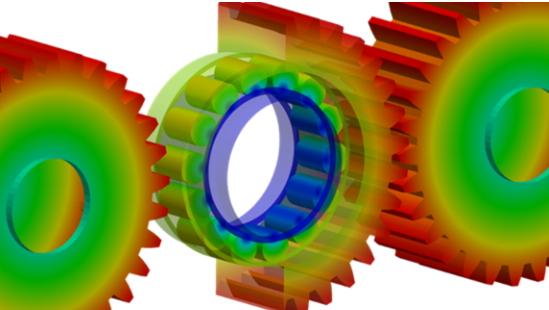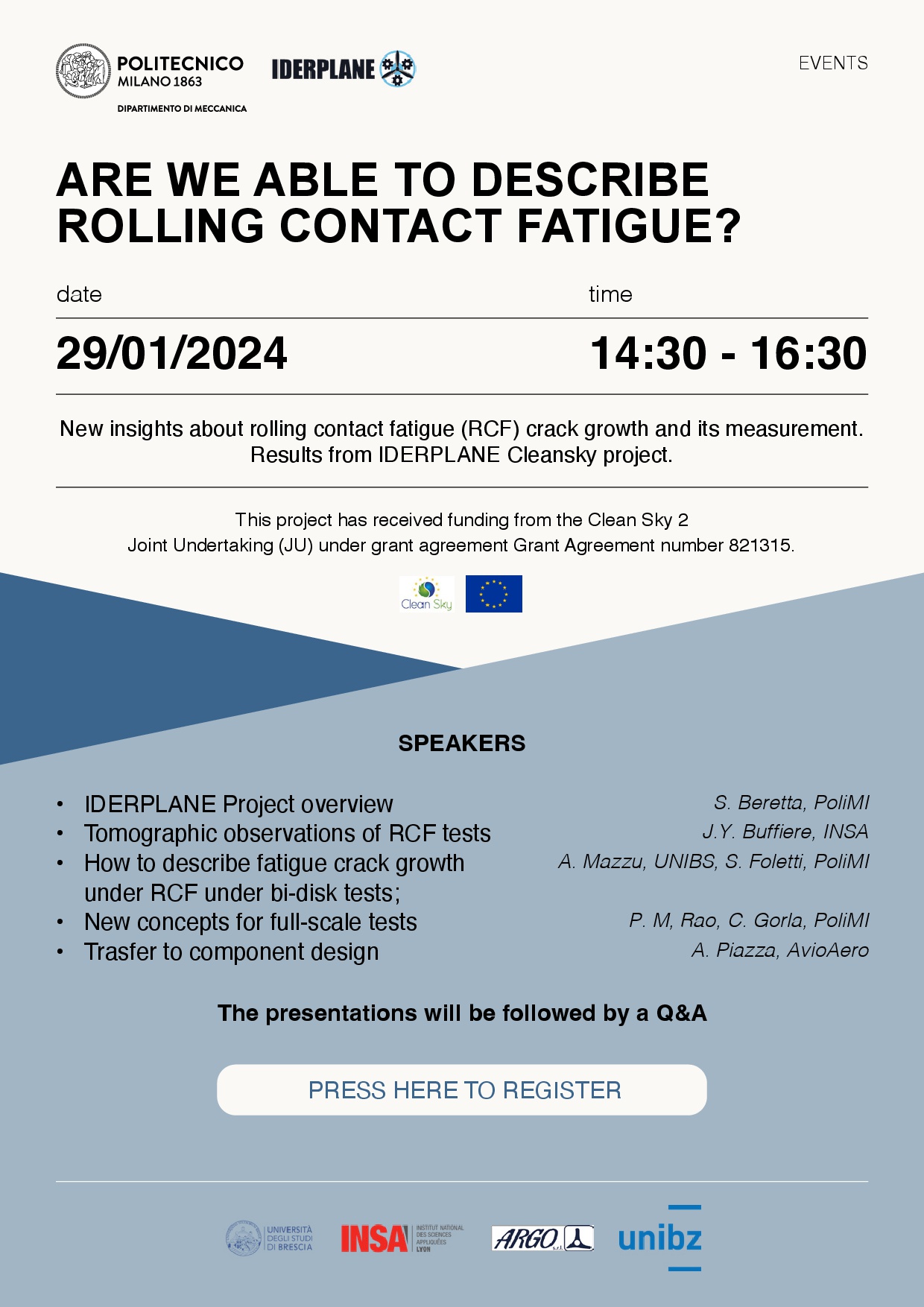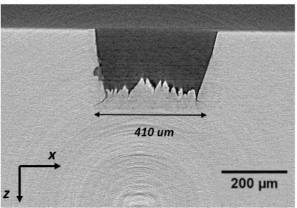NEWS
- Hits: 3263
Advancing Lubrication Simulations for Test Rigs
The second paper, published in "Lubricants" by Franco Concli and Marco N. Mastrone from the Faculty of Engineering, Free University of Bolzano/Bozen, presents an advanced numerical study on the optimization of the lubrication system in a test rig designed for RCF experiments. This pioneering work, within the IDERPLANE framework, introduces an entire system analysis including shafts, gears, and bearings using a Finite Volume Computational Fluid Dynamics approach. The study successfully optimized the nozzle orientation to maximize lubrication capability, thereby enhancing the reliability of the test rig for conducting RCF tests

These publications not only contribute significantly to the scientific community by filling a gap in literature regarding RCF and lubrication in aerospace gear systems but also underline the IDERPLANE project's commitment to pioneering research for safer and more reliable aerospace applications. We extend our gratitude to the European Union for funding this essential research and look forward to further advancements in this critical field.
Stay tuned for more updates on our project’s progresses.
- Hits: 3058
We're pleased to share with you the PDF presentation from our 29th January 2024 IDERPLANE research project dissemination webinar.
This document provides a comprehensive overview of the topics discussed, including key insights and findings from our latest research in the field.
Whether you attended the webinar and are looking for a recap or you missed the live session and want to catch up, this presentations will serve as a valuable resource. We hope you find it informative and helpful in understanding the scope and impact of the IDERPLANE project.

- Hits: 3357
New insights about rolling contact fatigue (RCF) crack growth and its measurement.
Results from IDERPLANE Cleansky project.
On 29th January, we will hold a webinar presenting the results of the IDERPLANE Cleansky Project devoted to design of integrated bearing in planetary gears.
The webinar will consist in presentations about project results for technical and scientific communities.

- Hits: 3824
3D images of fatigue crack obtained by laboratory tomography and synchrotron tomography within bi-disc specimens are now available on Zenodo !
- Hits: 4026
IDERPLANE deliverable D2.2 is now available in our document section !
Check it out at this link .
Deliverable abstract:
This report summarizes the work done by Brescia University (Prof. A. Mazzu) and INSA Lyon (Prof. J-Y Buffiere and Dr C. Xiao) within the project IDERPLANE to characterize in 3D the formation of sub surface cracks during rolling contact fatigue tests performed using a bi-disk test configuration. To foster crack initiation, two cylindrical artificial defects with various depth and diameters were machined on the rolling track. Two materials conditions (heat treated and untreated) and various normal pressure P were investigated. The tests were stopped when a spall on the rolling track was detected or when a given number of cycles was reached (10^6 or 10^7 ). Thin slabs containing the surface of the disk close to the defects were cut from the disks and characterized using X-Ray tomography. Two types of X-ray sources were used: laboratory source, synchrotron source. The crack size was measured for each specimen at the bottom of the hole along two orthogonal directions. The 3D reconstructed images are available at https://doi.org/10.5281/zenodo.6351387

